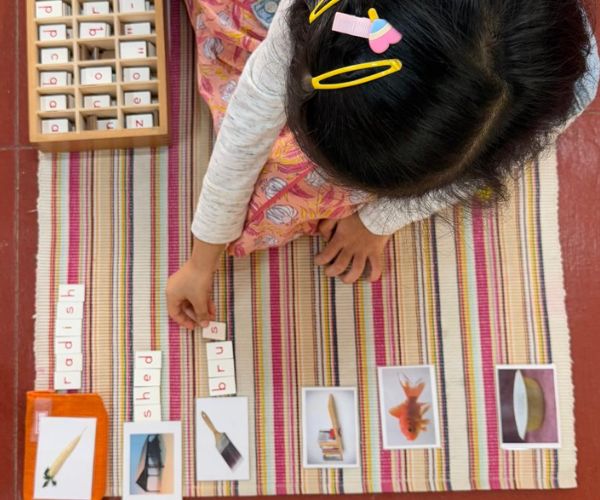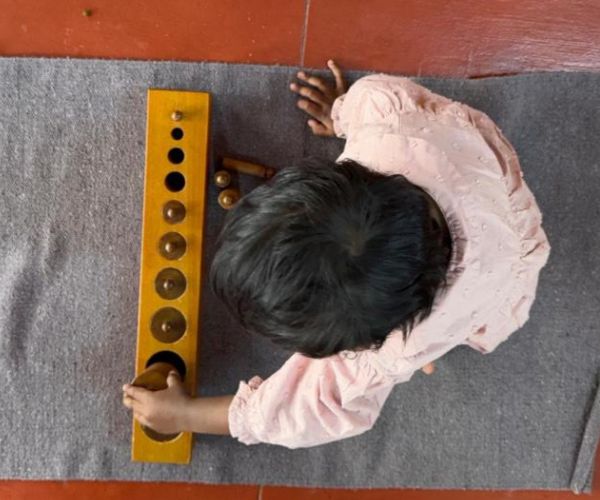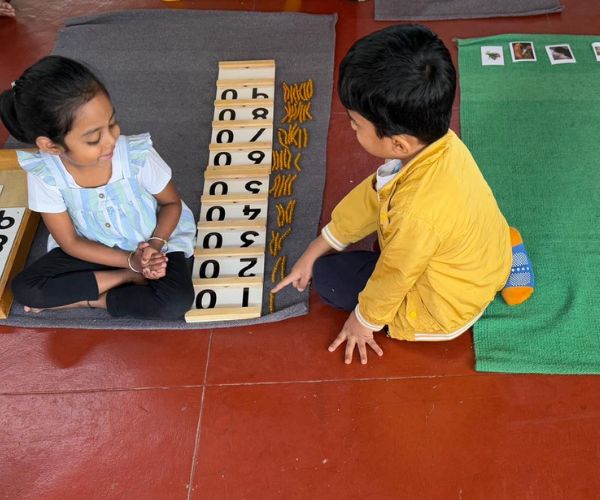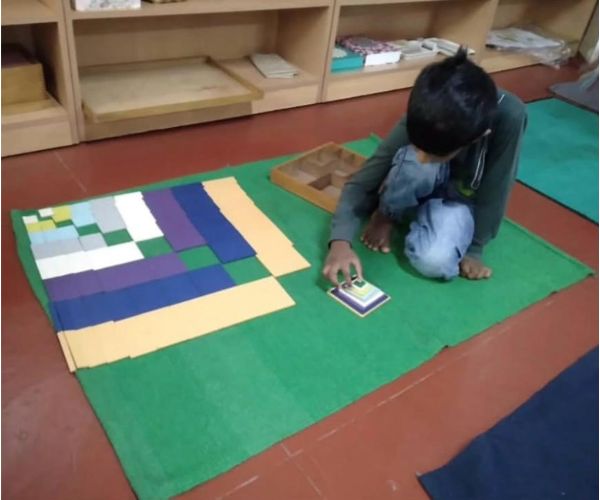Curriculum
Child-Centered Learning Curriculum
In our learning environment, children are actively engaged in a variety of activities. The setting encourages mixed-age groupings, typically ranging from 2.5 to 6 years old, which brings many benefits. Each child independently selects materials that interest them, fostering autonomy. Older children naturally take on a sense of responsibility, helping younger peers adjust to the environment and supporting their learning. At the same time, younger children are inspired by observing and learning from their older peers.
In this setting, the role of the adult or facilitator is to observe and guide rather than provide direct instruction or correction. Adults support the learning process by introducing various concepts through thoughtfully designed materials, allowing children to explore and engage with them at their own pace. Through repeated interactions with these materials, children develop a deep and thorough understanding of concepts, ensuring meaningful and lasting learning.

The key distinction of this approach is its emphasis on being child-centered. The education follows each child's individual interests through careful observation.

Each child is unique. The flexible curriculum reflects this by allowing every child to learn at their own pace. Each age group (0-3 years, 3-6 years, 6-9 years, etc.) has specific learning objectives that guide each student’s development.

Instead of preparing a child for the classroom, facilitators prepare the classroom for the children. By observing and noting their interests and understanding levels, teachers uncover the unique potential in each child.

Rather than sitting passively during lessons, children take an active role in their education. They have the responsibility to approach the subjects they are interested in. The lessons often consist of physical materials - Children can literally be "hands-on" with math and language skills.

In our classroom, the primary goal is to instill a lasting passion for learning, ensuring that children develop a genuine enjoyment and appreciation for education, both now and in the future. Here, students are given the freedom to explore topics and subjects that align with their unique interests and curiosities.

Child understands the surroundings and people around him/her with the help of various senses like seeing, hearing, smelling, tasting, and by touching. It is important to show him/her to sort, segregate and categorize this information, hence making him/her capable of intelligently using this environment.
